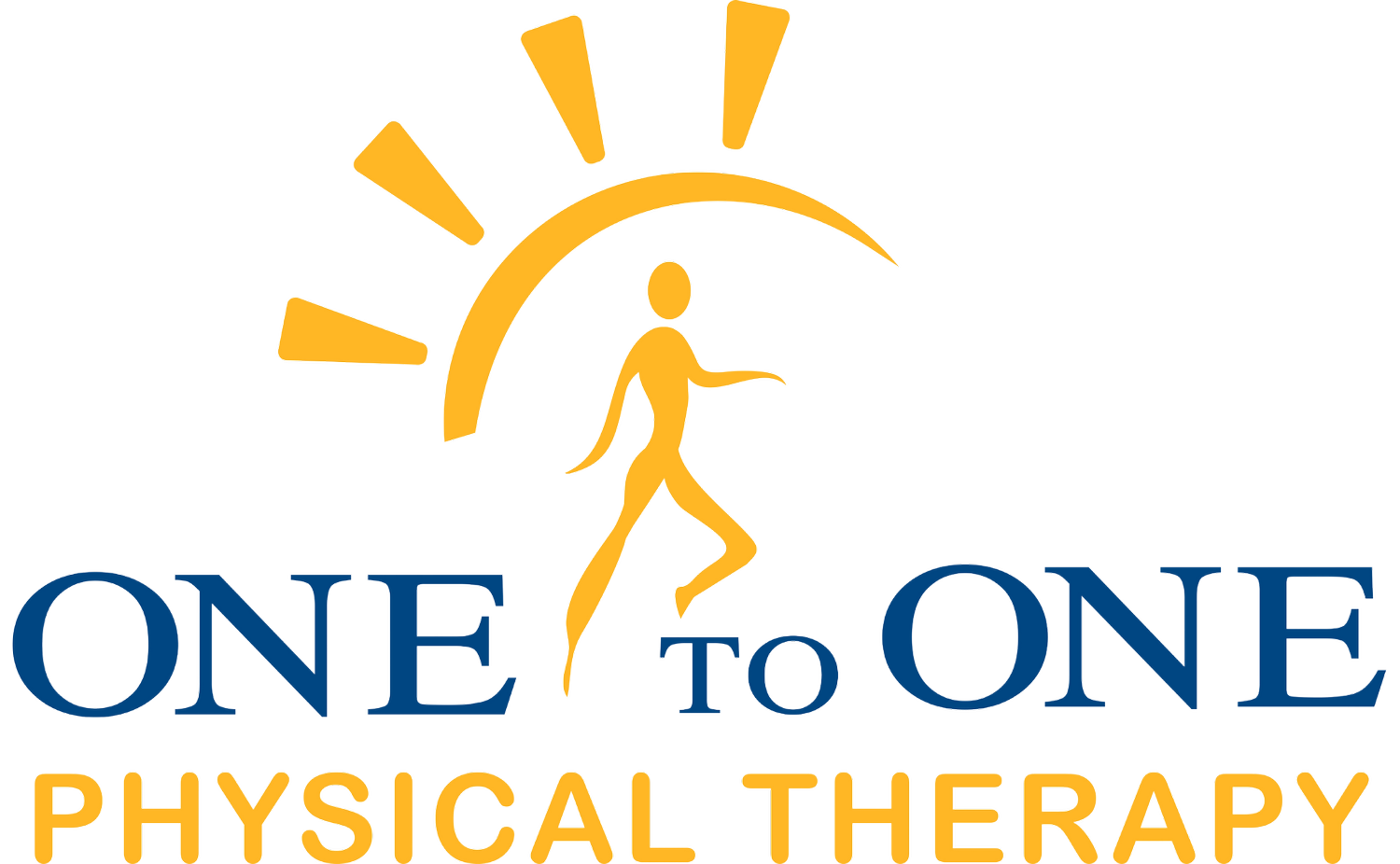How We Treat Shoulder Pain
Shoulder pain can be a frustrating and limiting condition that can interfere with daily activities and even impact sleep. It is often a result of a combination of postural faults, stiff muscles across the shoulder girdle, weakness in specific muscle groups, and poor movement patterns. At One to One Physical Therapy, our therapists will work with you to find the best combination of movement pattern corrections, strength training, flexibility, and manual therapy as needed based on your specific case.
Movement Pattern Corrections:
One essential component in rehabilitating shoulder pain is correcting movement patterns at the shoulder blade and arm (scapula and humerus, respectively). Poor resting postures and body mechanics during dynamic movements can lead to excessive stress on sensitive structures in the shoulder, resulting in pain and dysfunction. Your physical therapist will assess your movement patterns and identify areas of dysfunction. Once identified, the therapist can work with you to correct these patterns through specific corrective exercises and provide cues for desired movement patterns. The goal of movement pattern corrections is to reduce stress on whichever structures are generating pain and improve your ability to use your arm for daily tasks.
Flexibility:
In addition to the quality of your movements, flexibility is also important part of managing a shoulder pain complaint. Your therapist will teach you specific stretches and mobility exercises to improve flexibility in the muscles across the shoulder girdle. Stiff muscles can lead to limited motion, compensatory strategies, and pain, so improving flexibility can be an effective approach to reduce pain, improve range of motion, and improve tolerance to daily tasks.
Strength Training:
Strength training is another fundamental part of physical therapy for shoulder pain. Weakness in the muscles surrounding the shoulder can lead to instability, muscle imbalance, movement faults, and pain. Your physical therapist will design a personalized program to target specific muscle groups that need strengthening based on your specific findings on examination. Exercises may include simple, mat-level strength tasks like resistance band exercises, dumbbell exercises, or bodyweight exercises, but will progress to more functional resisted strength movements like global pushing, pulling, and rotating in various directions and with a load. Strength training can help to reduce pain and improve shoulder girdle stability, allowing you to return to your daily activities, sports, and hobbies without pain.
Manual Therapy:
Manual therapy is a hands-on approach that can be effective for specific types of shoulder pain. Your therapist may use specific techniques to manipulate the soft tissue and joints surrounding the shoulder joint to reduce pain and improve range of motion, allowing you to return to your daily activities with less discomfort.
Overall, physical therapy is an effective approach to manage most types of shoulder pain. Through movement pattern corrections, strength training, flexibility, and manual therapy, physical therapy can help you get back to doing the things you love. If you are experiencing shoulder pain, it is essential to seek the guidance of a qualified physical therapist to create a personalized treatment plan to meet your specific needs. Reach out to us to start working on your shoulder pain today!
